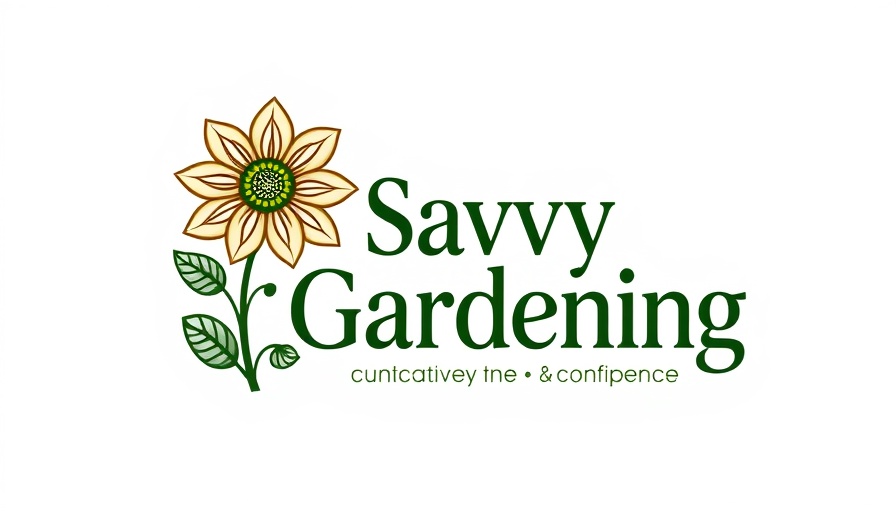
Understanding the Ideal Timing for Dill Harvesting
Harvesting dill might seem straightforward, but to truly enjoy its robust flavor and aroma in your dishes, timing is everything. This herb can add a delightful twist to culinary creations and enhance your garden’s aesthetic. The key is knowing when to pick the leaves and seeds for optimal taste and yield.
The Importance of Growth Stages in Dill
Dill is a versatile herb that grows in stages, each offering its unique flavor profile. The leaves, or fronds, can be harvested early in the growing process, typically about two months after seeding. This is when the leaves are tender and packed with flavor. As the plant matures, dill begins to flower and produce seeds. The seeds can be harvested once they turn brown, a mark of ripeness that indicates they are ready for use in cooking or as a potent ingredient for pickling.
Visual Cues: How to Know When to Harvest
Recognizing when to harvest your dill plant involves careful observation. When the fronds reach about 8-10 inches in height and are lush and green, it’s the perfect time to snip a few leaves. Wait until the flowers begin to bloom if you're looking to harvest seeds. This is a pivotal moment in the dill plant's lifecycle, indicating that the seeds have developed fully and are ready for picking.
Harvesting Techniques for Maximum Flavor
When it comes to harvesting dill, gentle techniques yield the best results. Use sharp scissors or garden shears to cut the fronds at the base, allowing the plant to continue growing. If you’re harvesting seeds, twist the flower head gently and collect the brown seeds. However, always ensure that you leave enough foliage so the plant can thrive after trimming. This approach not only ensures a continuous supply of dill but also helps maintain the plant's health.
Storing and Preserving Dill for Future Use
Once harvested, dill can be stored in various ways to maintain its freshness. Refrigerating it will help keep the leaves crisp for a week or so. For longer preservation, consider drying your dill. Lay the fronds flat on a clean surface like paper towels in a dark, dry area. Once dried, crumble the leaves into an airtight container. This method allows you to enjoy the flavors of your freshly harvested dill throughout the year.
Potential Challenges: Dealing with Pests and Diseases
A thriving dill plant may sometimes attract pests like aphids or spider mites, which can affect growth and flavor. Keeping a vigilant eye on your dill will help you catch any issues quickly. A simple insecticidal soap can usually remedy pest issues. Additionally, ensuring proper spacing and air circulation can prevent diseases and keep your herb healthy and productive.
Final Thoughts: The Joy of Growing and Using Your Own Dill
Dill, with its unique flavor and aroma, enhances everything from salads to main dishes. It enriches your gardening experience by encouraging following best practices and caring for your herbs. Armed with the knowledge of when and how to harvest dill, you can maximize your culinary endeavors and transform your garden into a flourishing herb haven. So grab those scissors and enjoy the fruits (or herbs) of your labor!
To further enhance your gardening skills and explore more valuable tips on growing herbs, stay engaged with community forums and local gardening classes. They offer insights that can turn your gardening endeavors into masterpieces.
 Add Row
Add Row  Add
Add 


Write A Comment